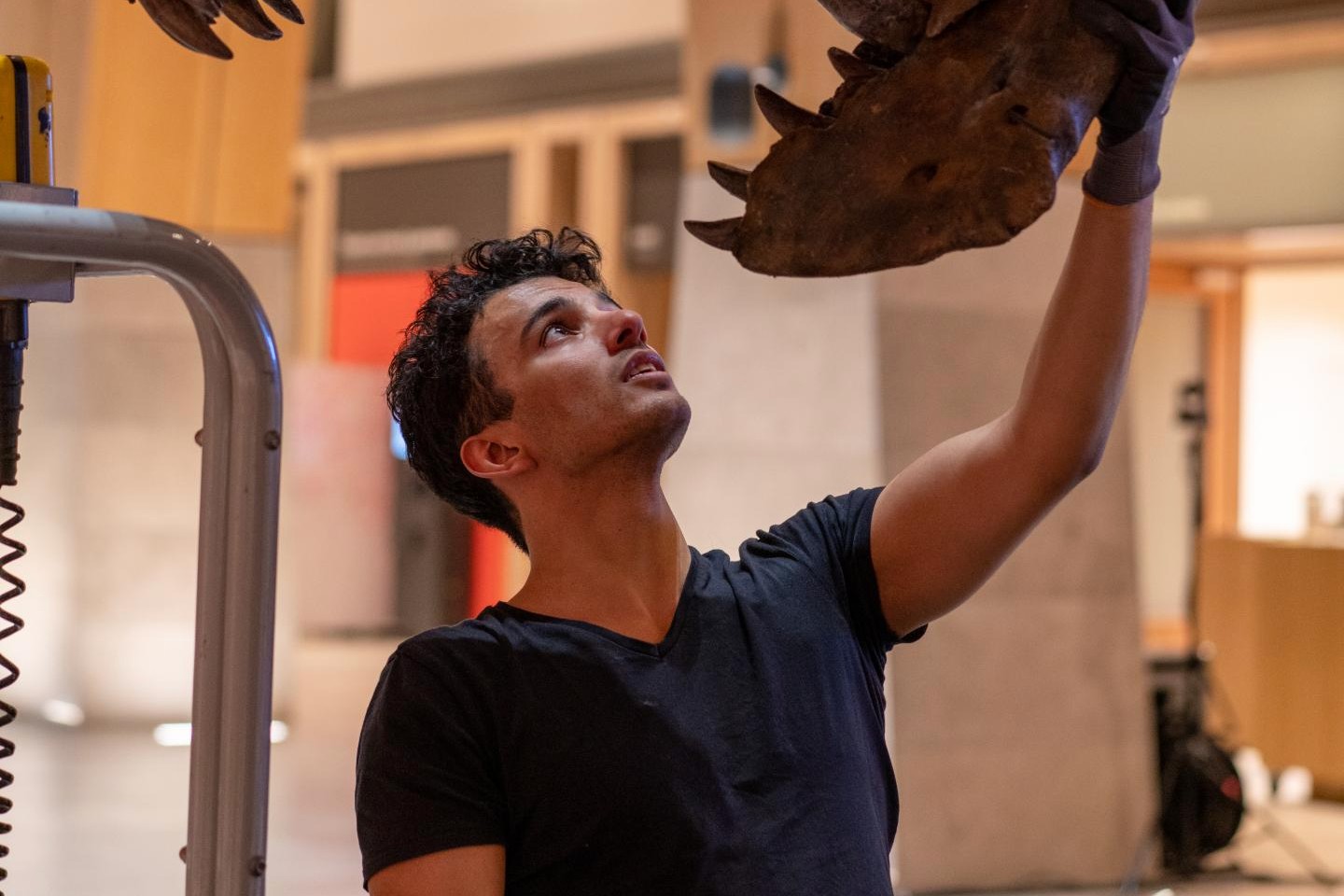All walking animals have something in common – their preferred walking speed is largely determined by what’s known as “resonance.” Bearing this in mind, Dutch scientists have calculated what may have been the default walking speed of Tyrannosaurus rex.
As an animal strides forward, the location of its body’s center of mass likewise rhythmically moves back and forth. In order to expend as little energy as possible, most creatures match their pace to that rhythm, the latter of which is determined by factors such as the distribution of weight to different parts of the body.
This unconscious synchronizing of walking speed with mass-shifting-rhythm is called resonance, and it’s the reason why walking at your regular pace is actually easier than walking at an unusually slow speed. Working with Prof. Knoek van Soest from Vrije Universiteit Amsterdam – along with Prof. Anne Schulp from Utrecht University – Vrije human movement sciences student Pasha van Bijlert set out to determine the speed at which resonance would occur for a T. rex.
In order to do so, the scientists created a 3D computer model based on the skeleton of an adult female Tyrannosaurus rex currently on display at the Dutch National Museum of Natural History. Not only did they digitally add muscles and organs to its main body, but they also allowed for the suspension-bridge-like swaying of its huge muscular tail, which would have swung back and forth with every step.

Tom Brown
Based on the team’s biomechanical analysis, it was estimated that the animal would have preferred to walk at a speed of 4.6 km/h (2.9 mph). This is actually close to the preferred walking speed of adult humans, which sits at about 5 km/h (3.1 mph).
“There were already some studies investigating dinosaur walking speed, but they mostly looked at the legs and ignored the tail – which is what makes dinos so unique,” says Van Bijlert. “They usually found much higher walking speeds. The one we calculated is lower, but it’s similar to that of other animals.”
A paper on the research was recently published in the journal Royal Society Open Science. And in an interesting side note, a 2020 North American study likewise determined that based on its anatomy, T. rex was likely designed more to walk than to run.
Source: Naturalis Biodiversity Center via EurekAlert
Source of Article